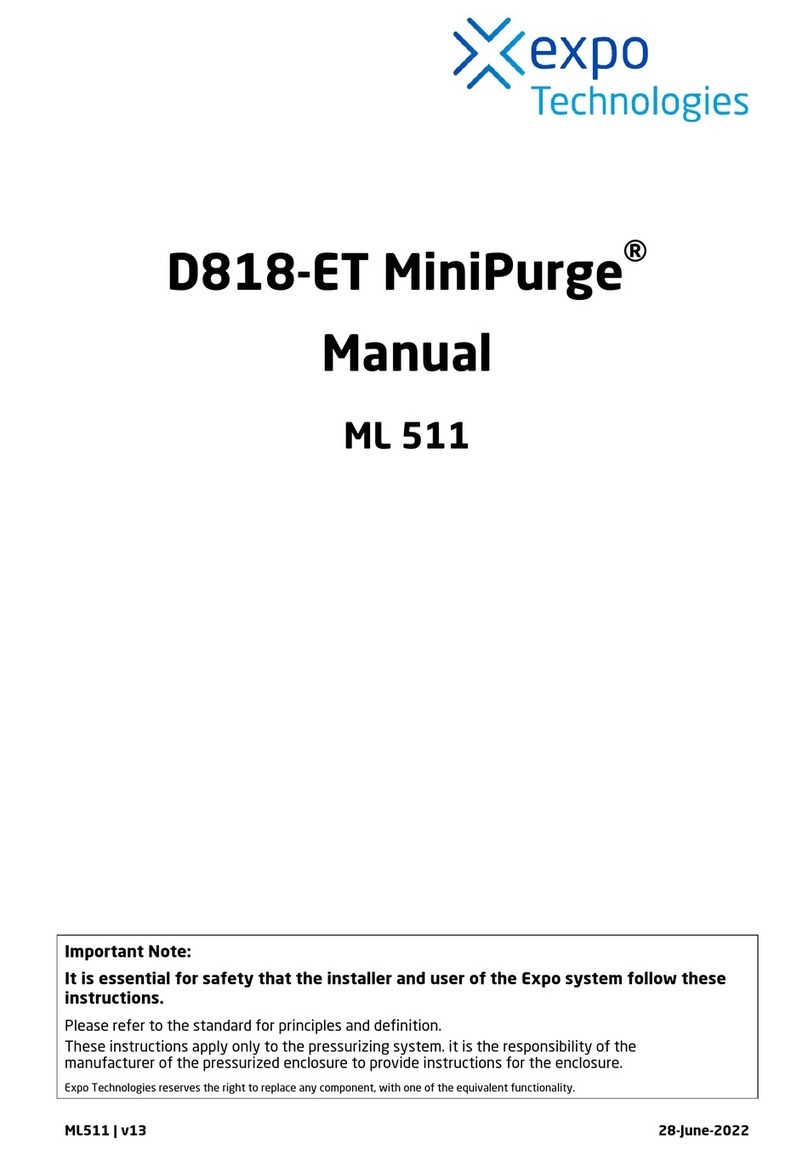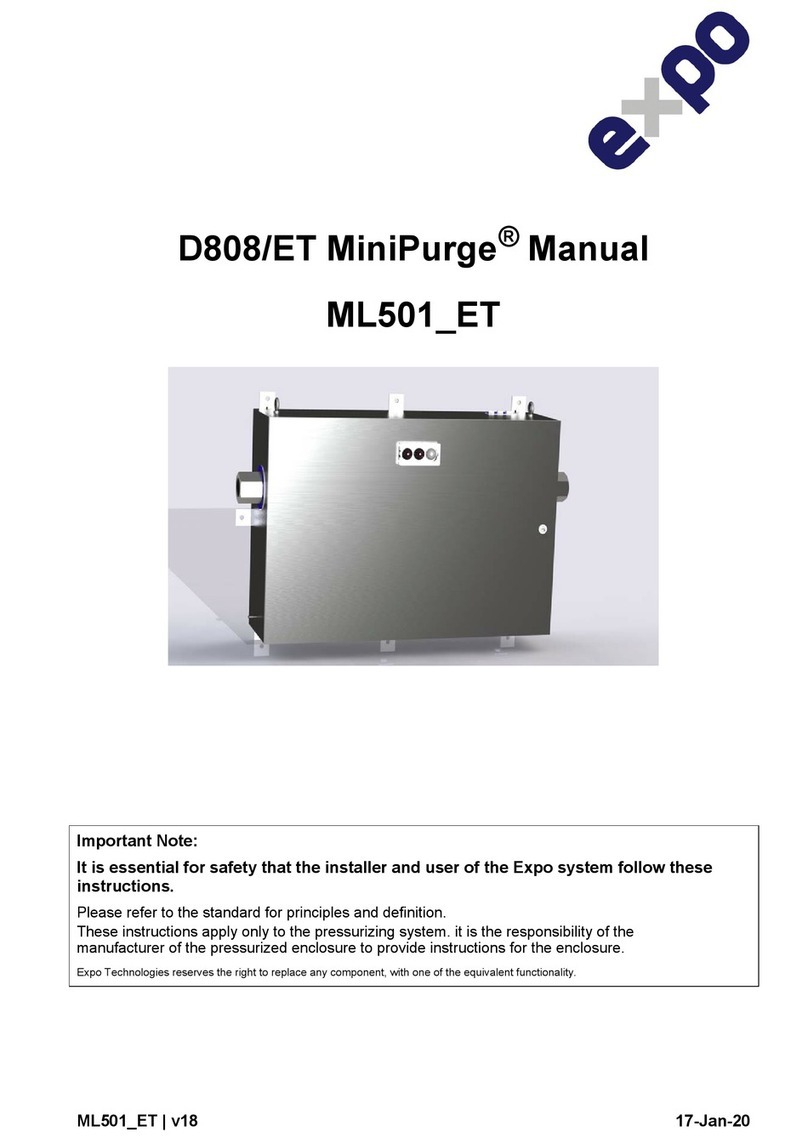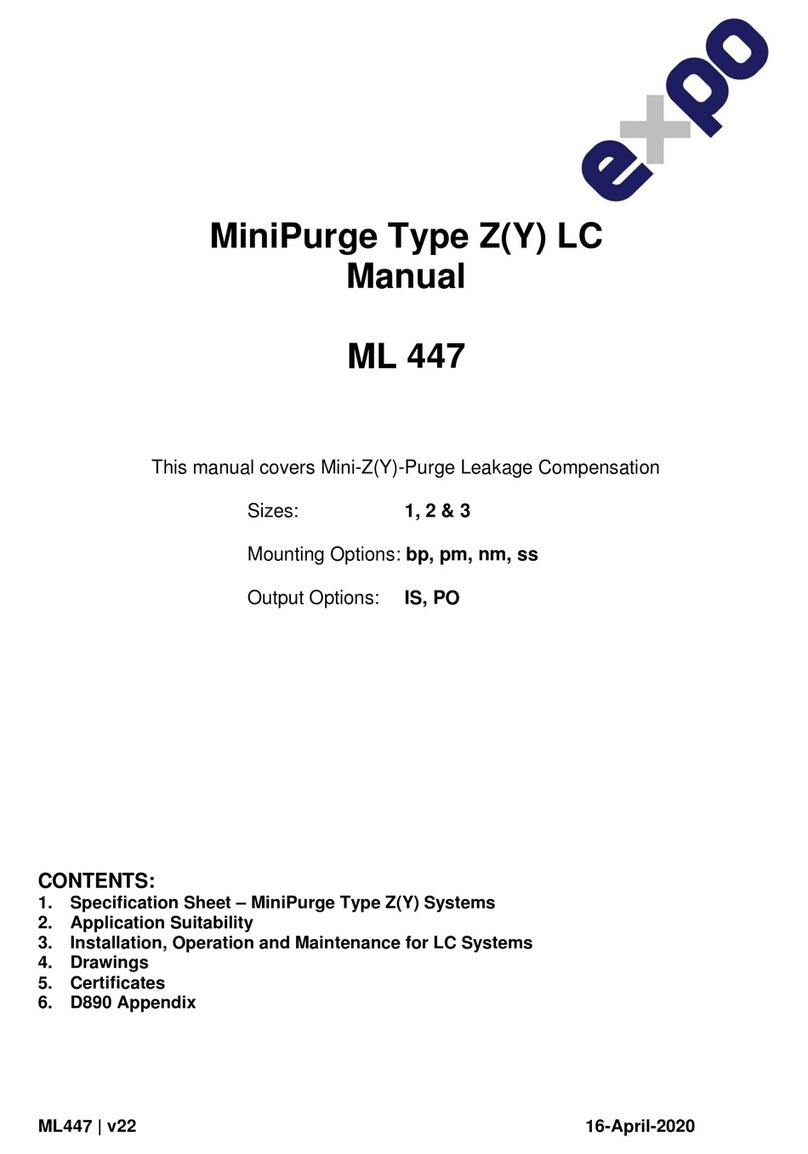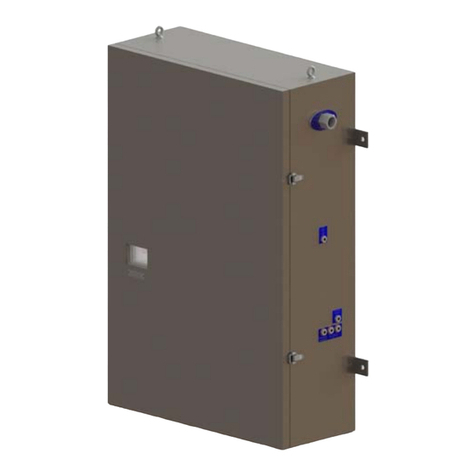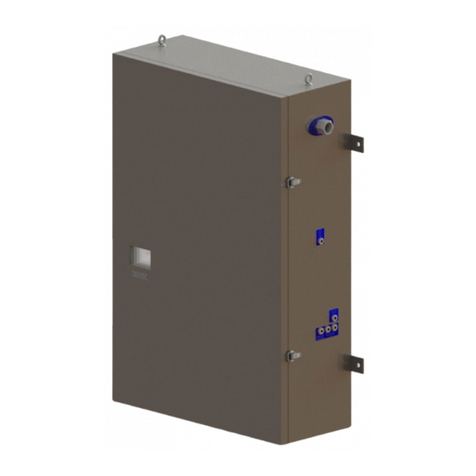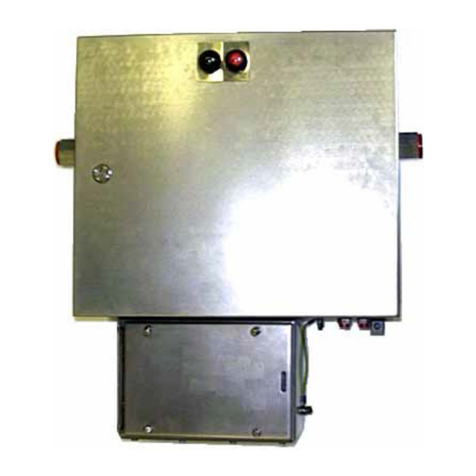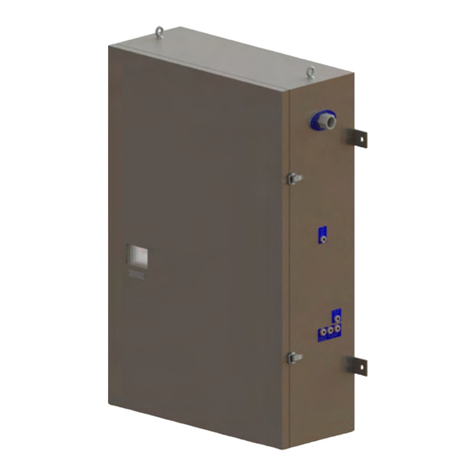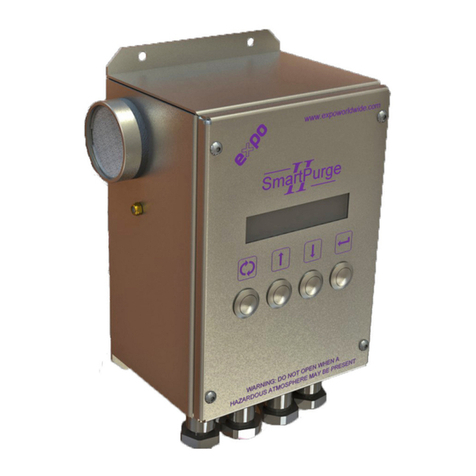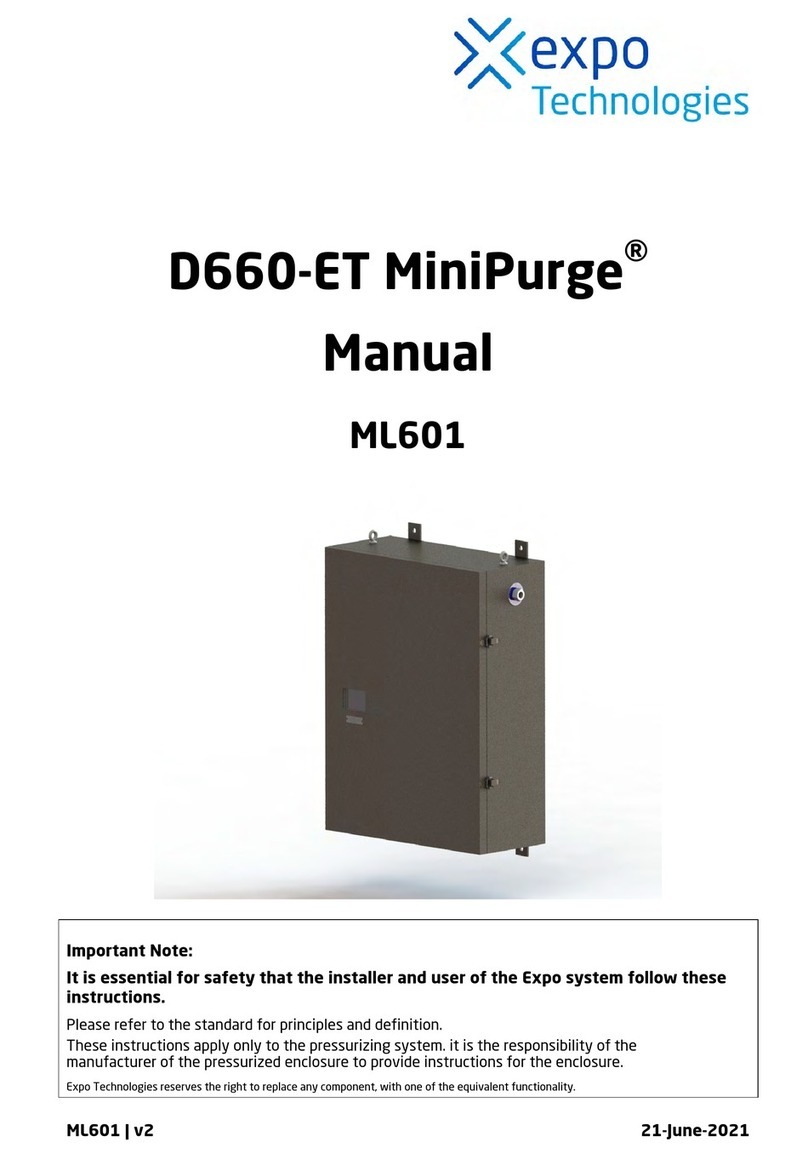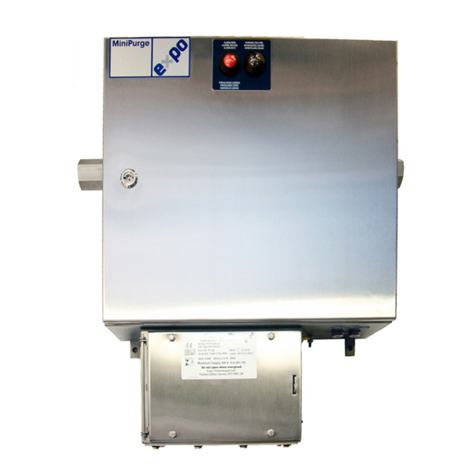
ML538 | v8 i
System Specification .................................................................................................................1
MiniPurge® Control Unit Data .................................................................................................2
Pressure Relief/Outlet Valve with Integral Spark Arrestor .......................................................3
Quick User Guide .......................................................................................................................3
Installation ...............................................................................................................................3
Operation of the System ..........................................................................................................3
Application Suitability ................................................................................................................4
Description and Principle of Operation ....................................................................................5
Main Components ......................................................................................................................6
Air Supply Filter / Regulator .....................................................................................................6
Logic Air Supply Regulator ......................................................................................................6
Minimum Pressure Sensor ......................................................................................................6
Purge Flow Sensor ..................................................................................................................6
Electronic Purge Timer ............................................................................................................7
Purge Complete Valve .............................................................................................................7
Purge Inhibit Sensor ................................................................................................................7
OR Gate ..................................................................................................................................7
Alarm Only Circuit (/AO) ..........................................................................................................7
Power Interlock Switch ............................................................................................................7
Alarm / Pressurized Switch ......................................................................................................8
System Purging Switch (Optional) ...........................................................................................8
Purge Valve .............................................................................................................................8
Purge Flow Restrictor ..............................................................................................................8
CLAPS Sensor ........................................................................................................................8
CLAPS Regulator ....................................................................................................................8
Visual Indicators ......................................................................................................................8
Relief Valve Unit ......................................................................................................................8
/PA Terminal Box .....................................................................................................................9
Installation of the System ..........................................................................................................9
Relief Valve Unit ......................................................................................................................9
Air Supply Quality ....................................................................................................................9
Pipe Work ..............................................................................................................................10
Multiple Enclosures ...............................................................................................................10
Provision and Installation of Alarm Devices ..........................................................................10
Power Supplies and their Isolation ........................................................................................10
Power Interlock Switch ..........................................................................................................11
Commissioning ........................................................................................................................11
Commissioning the System ...................................................................................................11
Maintenance of the System .....................................................................................................13
General maintenance ............................................................................................................13
Additional maintenance checks .............................................................................................14
Maintenance of Electronic Timer ...........................................................................................14
Re-calibration of the Relief Valve Unit ...................................................................................15
Re-calibration of the Pressure Sensors .................................................................................15
Fault Finding ............................................................................................................................16
General Information ...............................................................................................................16
System purges correctly but trips and auto re-purges at the end of the purge time ..............16
Relief Valve opens (continuously or intermittently) ................................................................17
System enters purging but purge indication does not occur ..................................................17
Recommended Spare List .......................................................................................................17
Glossary ....................................................................................................................................18
Drawings and Diagrams ..........................................................................................................18
Certificates ................................................................................................................................18
